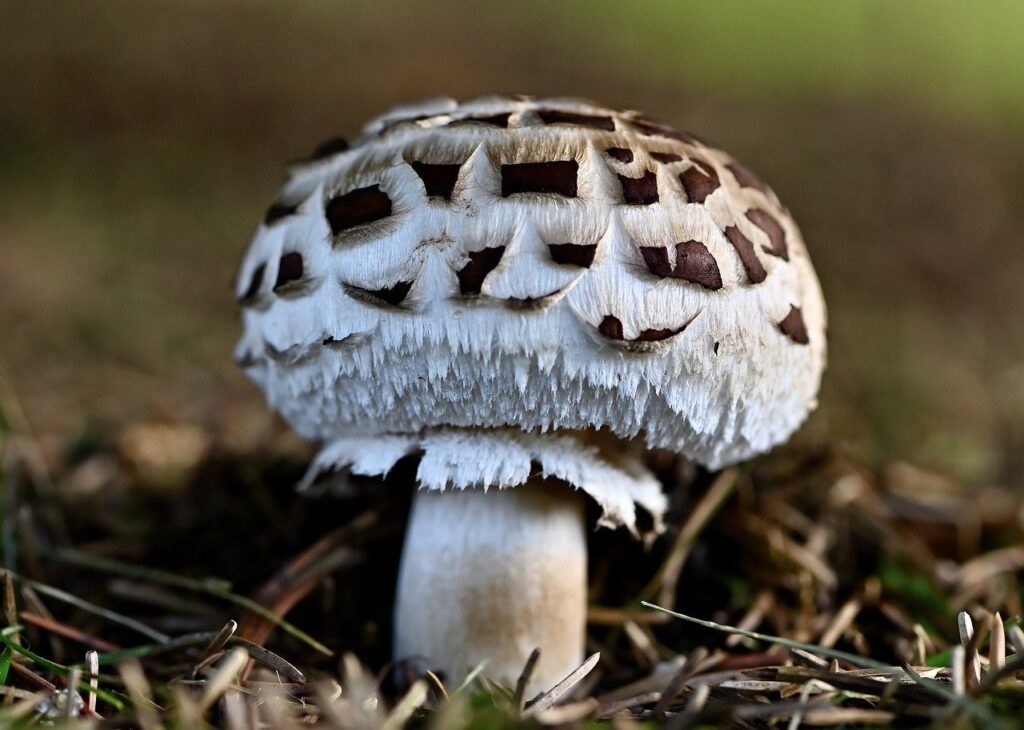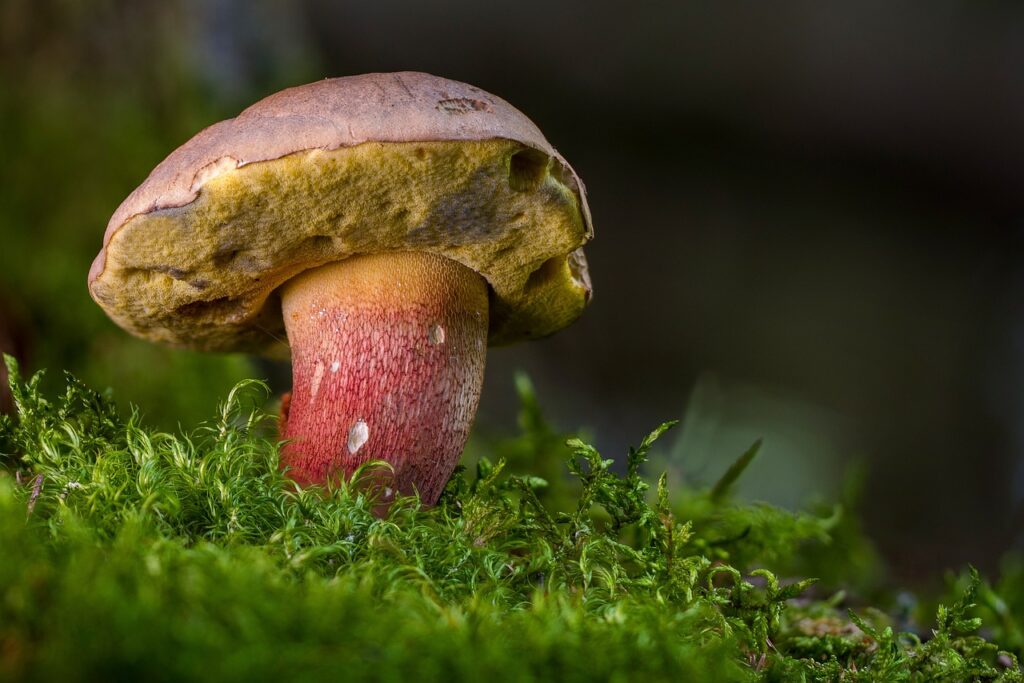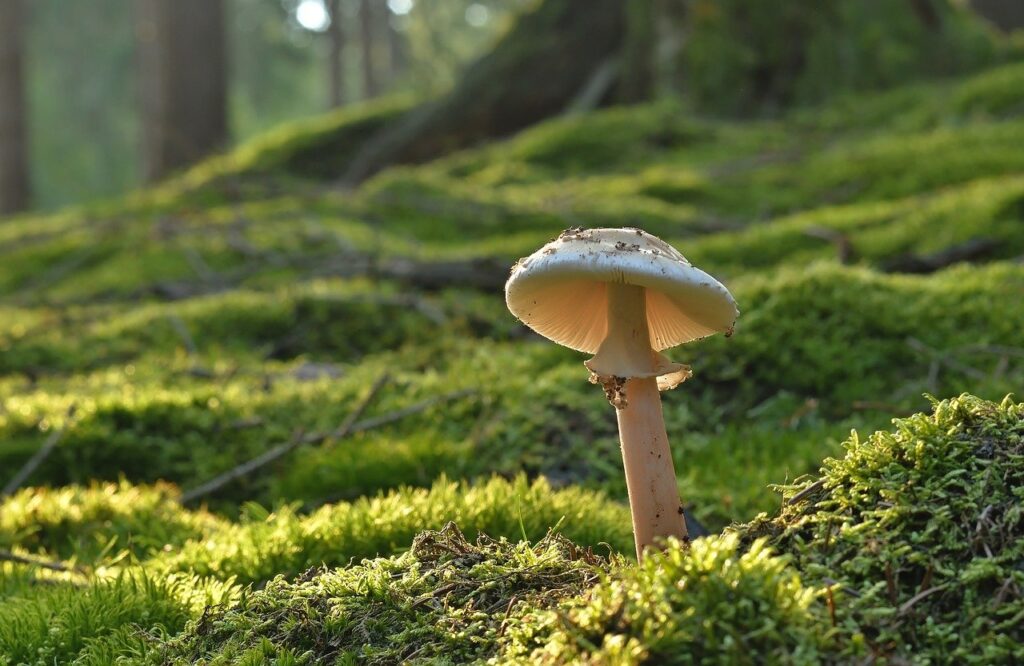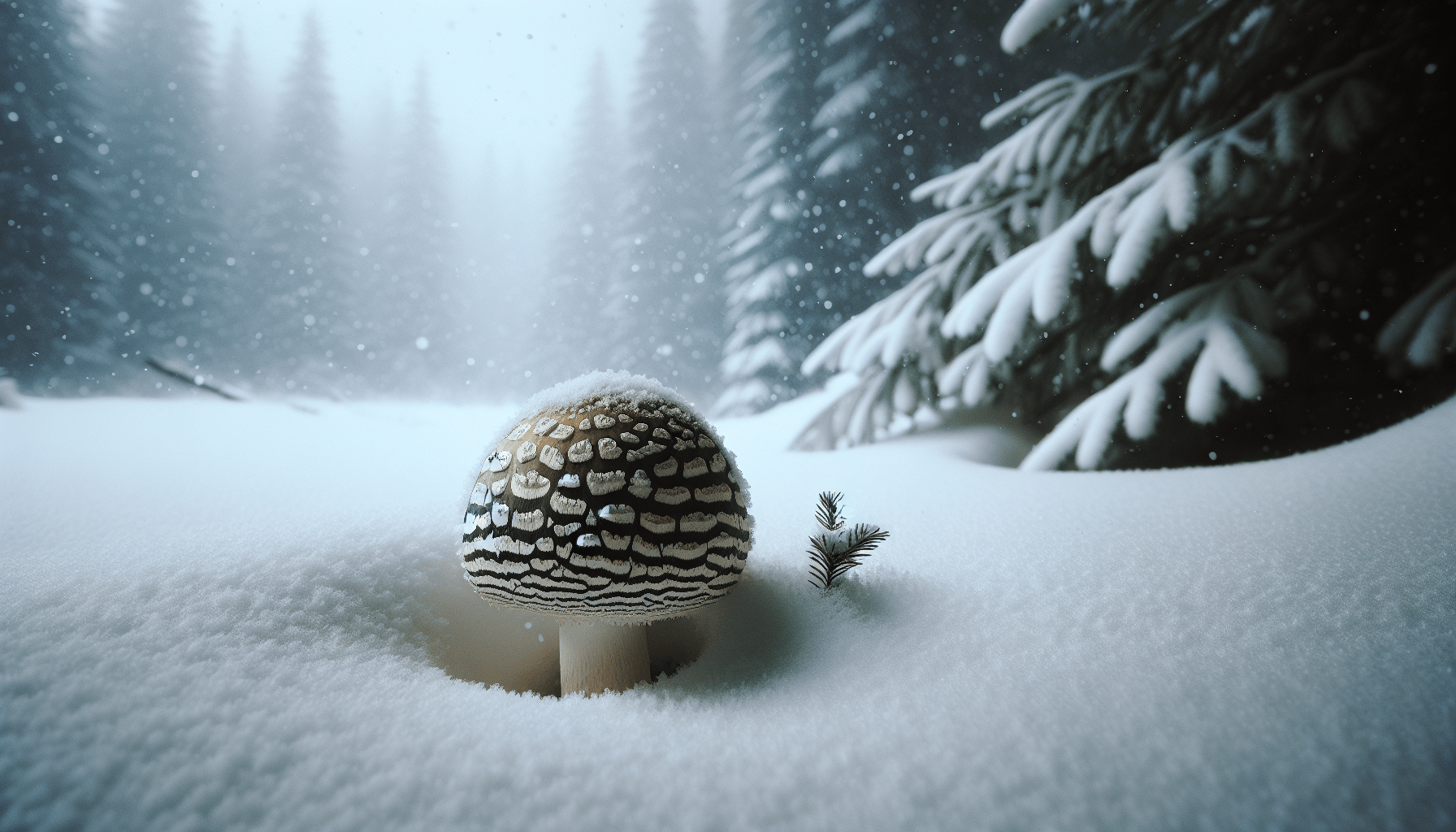You may wonder if it is possible to hunt for mushrooms in the winter. While many people associate mushroom foraging with warmer weather, there are actually some varieties that can be found during the colder months. Winter mushrooms like oyster mushrooms and velvet shanks can thrive in the cold, providing a unique and exciting opportunity for those looking to continue their mushroom hunting adventures throughout the winter season. So bundle up, grab your basket, and head out to see what treasures you can find in the winter wonderland! Can I hunt for mushrooms in the winter?
Yes, you can hunt for mushrooms in the winter!
Hey there! If you’re wondering whether or not you can hunt for mushrooms in the winter, the answer is yes, you absolutely can. While the summer and fall are typically prime mushroom hunting seasons, there are still plenty of mushrooms to be found during the winter months. In this article, we’ll explore the world of winter mushroom hunting and give you all the tips and tricks you need to have a successful mushroom foraging adventure in the cold months.
Which mushrooms can I find in the winter?
In the winter months, you may not find as many mushrooms as you would in the summer or fall, but there are still several species that you can hunt for. Some common winter mushrooms include:
- Oyster mushrooms: Oyster mushrooms are a popular choice for winter foragers, as they can often be found growing on trees, even in colder temperatures.
- Velvet shank: Velvet shank mushrooms are another winter delicacy, often found growing on dead wood.
- Enoki mushrooms: Enoki mushrooms are a cold-weather favorite, typically found in clusters on dead hardwood trees.
Where can I find winter mushrooms?
When it comes to hunting for mushrooms in the winter, your best bet is to look in wooded areas that have plenty of dead wood and decaying matter. Forests, parks, and even your own backyard can be great places to find winter mushrooms. Look for fallen trees, decaying logs, and areas with plenty of moisture, as these are prime spots for mushrooms to grow, even in the winter.

How should I dress for winter mushroom hunting?
Since you’ll be outside in potentially cold and damp conditions, it’s important to dress appropriately for winter mushroom hunting. Here are a few tips for dressing for success:
- Layer up: Dress in layers so you can easily adjust your clothing as needed. A moisture-wicking base layer, insulating mid-layer, and waterproof outer layer are all good choices.
- Wear waterproof footwear: Since you’ll likely be walking through damp areas, waterproof boots with good traction are a must.
- Don’t forget gloves: Keep your hands warm and dry with a good pair of waterproof gloves.
- Bring a hat and scarf: A hat and scarf will help keep your head and neck warm while you’re out hunting for mushrooms.
What gear do I need for winter mushroom hunting?
When it comes to gear for winter mushroom hunting, you don’t need much, but there are a few essentials you’ll want to have on hand:
- A sturdy basket or bag: A basket or bag will help you collect and carry your mushrooms as you find them.
- A knife or mushroom foraging tool: A knife or foraging tool will come in handy for cutting mushrooms from their substrate.
- A field guide or mushroom identification book: A field guide or identification book will help you identify the mushrooms you find.
- A camera or smartphone: A camera or smartphone will allow you to take pictures of the mushrooms you find for later identification.

How do I identify winter mushrooms?
Identifying mushrooms can be tricky, especially for beginners, but there are a few key characteristics you can look for to help you determine what type of mushroom you’ve found. Here are a few tips for identifying winter mushrooms:
- Check the color: Pay attention to the color of the mushroom’s cap, gills, and stem, as this can help you determine what type of mushroom it is.
- Look at the size and shape: Note the size and shape of the mushroom, as well as any unique features like rings or bulbs on the stem.
- Smell the mushroom: Many mushrooms have a distinct smell that can help you identify them. Take a whiff and see if you can detect any unique odors.
- Take a spore print: Taking a spore print can be a helpful way to identify mushrooms. To do this, simply place a mushroom cap gill-side down on a piece of paper and leave it overnight. The spores will drop onto the paper, showing you the color of the mushroom’s spores.
What are some safety tips for winter mushroom hunting?
While mushroom hunting can be a fun and rewarding activity, it’s important to remember that some mushrooms can be toxic or poisonous if ingested. Here are a few safety tips to keep in mind while winter mushroom hunting:
- Know what you’re picking: Make sure you can positively identify the mushrooms you find before consuming them. When in doubt, err on the side of caution and don’t eat any mushrooms you’re unsure about.
- Avoid mushrooms near roads or industrial areas: Mushrooms growing near roads or industrial areas can absorb toxins from the environment, making them unsafe to eat.
- Don’t eat mushrooms raw: Some mushrooms can be toxic when eaten raw, so it’s best to cook all mushrooms before consuming them.
- Stay hydrated and take breaks: Winter mushroom hunting can be physically demanding, so be sure to stay hydrated and take breaks as needed.
- Tell someone where you’re going: Before heading out on a mushroom hunting expedition, be sure to let someone know where you’ll be and when you plan to return.

What should I do with the mushrooms I find?
Once you’ve successfully hunted for mushrooms in the winter, you may be wondering what to do with your bounty. Luckily, there are plenty of delicious ways to enjoy winter mushrooms. Here are a few ideas to get you started:
- Sautee them: Sauteeing mushrooms is a simple and delicious way to enjoy their earthy flavor. Simply heat some oil or butter in a pan, add your mushrooms, and cook until they’re golden and tender.
- Add them to soups and stews: Mushrooms are a fantastic addition to soups and stews, adding depth of flavor and a meaty texture to your favorite dishes.
- Stuff them: Fill mushroom caps with a mixture of breadcrumbs, cheese, herbs, and other ingredients for a tasty appetizer or side dish.
- Make mushroom risotto: Creamy mushroom risotto is a classic dish that’s perfect for showcasing the rich, earthy flavor of winter mushrooms.
- Dry or preserve them: If you find more mushrooms than you can eat right away, consider drying or preserving them for later use.
In conclusion
Now that you know that you can indeed hunt for mushrooms in the winter, it’s time to get out there and start foraging! Remember to dress warmly, bring the right gear, and follow safety guidelines while hunting for mushrooms. With a little bit of practice and some patience, you’ll soon be enjoying the fruits of your foraging efforts in the form of delicious, wild-harvested winter mushrooms. Happy hunting!


No Responses